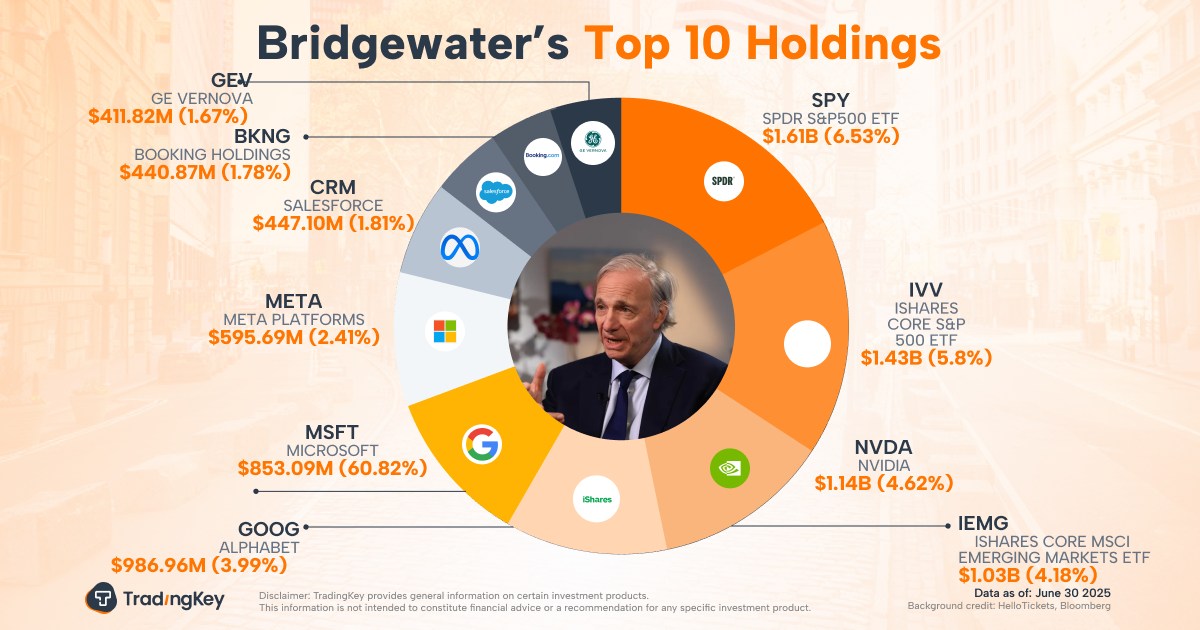Risky business…

By David Bull
Jan 29 - (The Insurer) – As the industry continues to count the cost of the tragic and devastating LA wildfires, demand for E&S products in California is expected to further increase after years of retrenchment by admitted carriers.
That potentially creates an opportunity for the sector to fill in and help prevent a protection gap widening in the Golden State.
On the face of it, the crisis that was already present in California’s insurance market could be viewed as just the kind of scenario the surplus lines market exists for: a demand-supply imbalance with an imperative to find creative solutions to meet the needs of insureds, while also protecting insurers through the flexibility of rate and form E&S underwriters are afforded.
The LA wildfires will only exacerbate the challenges for homeowners and businesses to find wildfire coverage, with the peril looking increasingly indiscriminate. The Palisades fire demonstrated the potential to raze whole neighborhoods of high-value properties in an area that was not viewed as the riskiest.
The future of the state’s Fair Plan is uncertain, with doubts over whether its claims paying resources to meet liabilities from the LA wildfires are adequate, and how the mechanism for assessments will hold up in the event that they aren’t.
Supply side challenges
From the supply side, there are unique factors that could challenge even the appetite of E&S carriers to step in and grow at a meaningful pace, despite the strong demand.
E&S underwriters had already been growing in areas impacted by the wildfires, including the high net worth space. And it is highly probable that some will be left with meaningful losses.
As the industry loss looks to be escalating to $50bn and potentially beyond, that means a greater share of the total being ceded to reinsurers.
With questions about the efficacy of wildfire models and the challenges of avoiding aggregation of risks, reinsurer support even at attractive underlying pricing is far from guaranteed going forward.
While there have been advances at the individual carrier and MGA level when it comes to using technology to better distinguish between the quality of risks in wildfire-exposed areas, recent events in Los Angeles are likely their first major test.
Then there is the affordability issue and the potential for regulatory interference and pressure which may diminish E&S carriers’ ability to price the risk at a level they are comfortable with.
In the last couple of years there have been growing concerns in the E&S community that the doubling of the size of the market over the last decade is drawing the scrutiny of regulators.
Couple that with an insurance affordability and availability crisis in California and it is not beyond the imagination that the level of scrutiny will rise.
“Secondary” perils
Of course, wildfire is not the only escalating and evolving peril that is challenging the availability and affordability of insurance – and presenting a potential opportunity for the E&S market.
A look at cat loss activity last year reveals another major burden from severe convective storms, a peril that has also driven retrenchment from admitted markets in some of the worst-impacted areas, such as the Midwest, as a result of frequency of severe losses in recent years.
Meanwhile, Helene brought devastation to areas not typically associated with hurricane losses, including the western Appalachian region of North Carolina, which was deluged by flooding and landslides.
Both are examples of what would historically have been viewed as secondary perils, where there is either an existing protection gap or one opening up as a result of supply constraints.
There is an opportunity for the E&S sector to close this gap, but only if underwriters are able to get comfortable with the risk and price it in a way that makes sense for buyers and sellers of the product.





